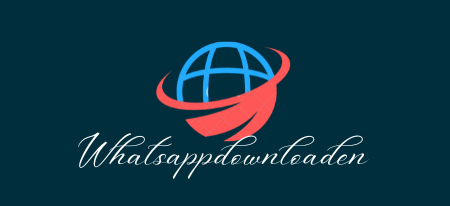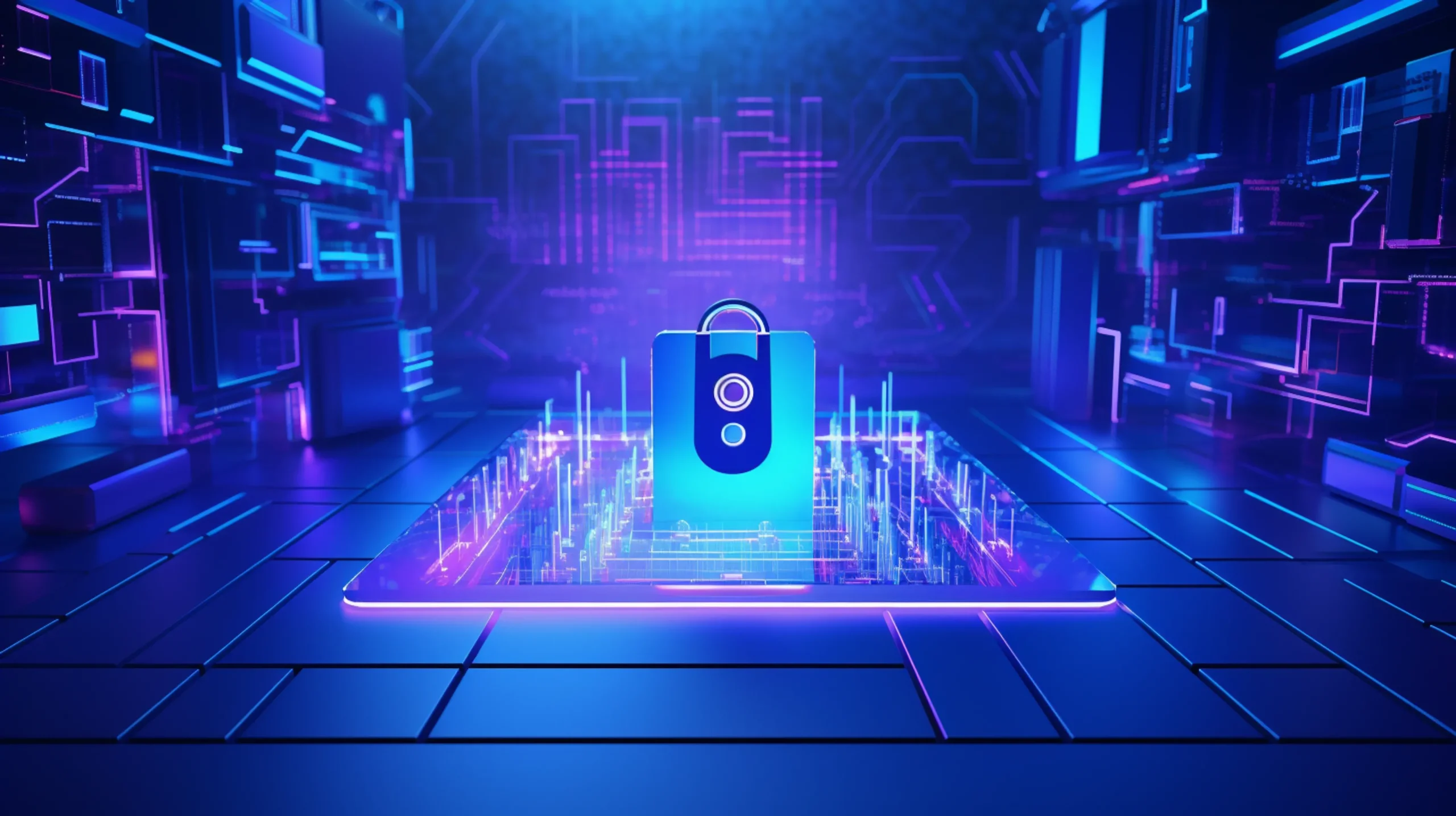The work landscape has undergone a paradigm shift, with hybrid workforces becoming the new norm. As teams embrace flexibility in their work arrangements, the intersection of team collaboration tools and cybersecurity becomes a critical focal point.
As hybrid workforces redefine the way we work, the symbiotic relationship between team collaboration tools and cybersecurity emerges as a linchpin for success. Organizations can confidently navigate the hybrid horizon by securing collaboration tools, implementing robust cybersecurity measures advised by CMMC consulting VA Beach, and prioritizing employee training. In a world where the boundaries between work and personal spaces blur, safeguarding the digital environment is not just a priority; it’s a strategic imperative. The fusion of collaborative technologies and cybersecurity ensures the resilience of hybrid workforces and lays the foundation for a future where flexibility, innovation, and security seamlessly coexist. As organizations embark on this journey, the mantra is clear: embrace the hybrid future, secure it wisely, and empower teams to thrive in the evolving landscape of work.
This blog explores how the synergy between collaboration tools and robust cybersecurity measures can safeguard hybrid workforces, fostering productivity, innovation, and a secure digital environment.
1. The Rise of Hybrid Workforces: A Paradigm Shift
Why it Matters:
Hybrid work models, blending remote and in-office work, offer flexibility and adaptability. However, they also introduce new challenges in terms of collaboration and cybersecurity.
The Role of Collaboration Tools:
- Virtual Collaboration Spaces: Team collaboration tools provide virtual spaces where teams can collaborate, share ideas, and work seamlessly irrespective of physical locations.
- Real-Time Communication: Features like instant messaging, video conferencing, and document sharing enhance real-time communication, mimicking the in-office experience.
2. Cybersecurity Challenges in a Hybrid Environment
Why it Matters:
Hybrid work introduces an expanded attack surface, with employees accessing company resources from various locations and devices, making cybersecurity paramount.
Challenges:
- Endpoint Security Risks: Increased use of personal devices poses endpoint security risks.
- Data Access and Storage: Ensuring secure access to sensitive data and implementing safe storage practices become crucial.
3. Securing Team Collaboration Tools: Best Practices
Why it Matters:
Securing collaboration tools is integral to preventing unauthorized access, data breaches, and ensuring the confidentiality of sensitive information.
Best Practices:
- End-to-End Encryption: Implement end-to-end encryption for communication and shared files.
- Access Controls: Define user roles and permissions to restrict access to sensitive information.
- Regular Security Updates: Ensure collaboration tools are regularly updated with the latest security patches.
4. The Role of Multi-Factor Authentication (MFA)
Why it Matters:
MFA adds an extra layer of security, verifying user identity beyond passwords and mitigating the risk of unauthorized access.
Implementation:
- Biometric Authentication: Utilize biometric authentication for enhanced security.
- Adaptive MFA: Implement adaptive MFA, adjusting authentication requirements based on user behavior and risk factors.
5. Employee Training on Cybersecurity Awareness
Why it Matters:
Human error is a significant cybersecurity risk. Educating employees on cybersecurity best practices is essential for mitigating this risk.
Training Areas:
- Phishing Awareness: Train employees to recognize and avoid phishing attacks.
- Device Security: Guide on securing personal and company devices.
6. Secure Access and Identity Management
Why it Matters:
Ensuring secure access to company resources and effective identity management is critical for preventing unauthorized entry points.
Best Practices:
- Single Sign-On (SSO): Implement SSO for seamless and secure access.
- Identity Verification Protocols: Utilize robust identity verification protocols for user access.
7. Continuous Monitoring and Incident Response Planning
Why it Matters:
Continuous monitoring and IT assessment consulting allows for the early detection of potential threats, while an incident response plan ensures a swift and coordinated response to security incidents.
Implementation:
- Real-Time Monitoring: Employ real-time monitoring tools to track user activities and potential security threats.
- Regular Drills: Conduct regular drills to test the efficiency of the incident response plan.

